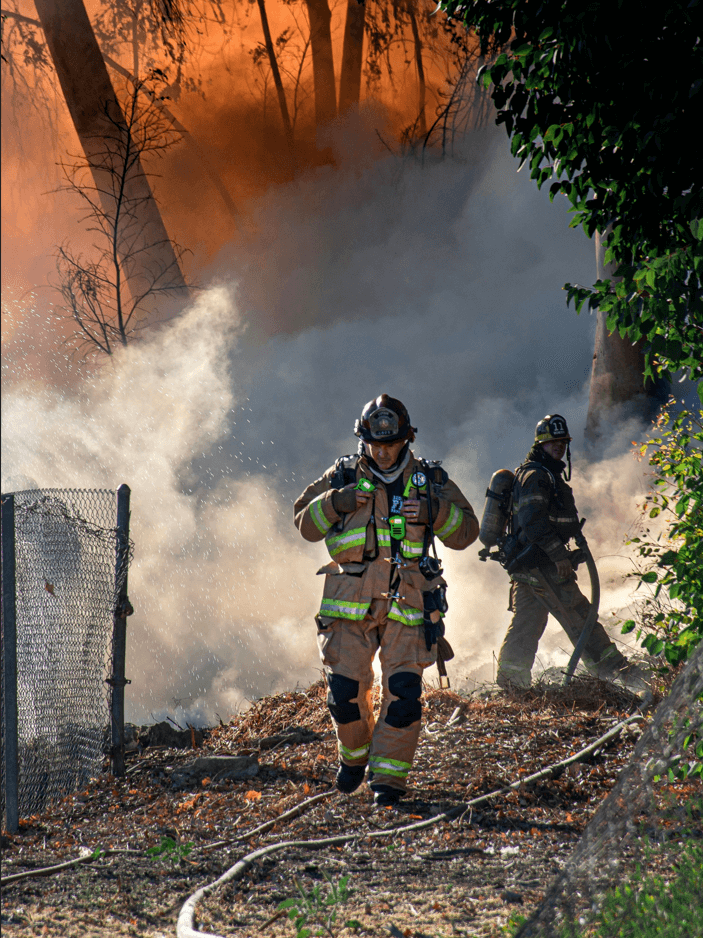
Europe is enduring one of its hottest summers on record, as deadly heatwaves and wildfires sweep across the Mediterranean and beyond — reshaping the continent’s climate reality.
Europe is staring down one of its most brutal summers in modern history. Wildfires, supercharged by extreme heat and ferocious winds, are tearing through landscapes from the pine-covered hills of southern France to the olive groves of Greece and the parched farmlands of Spain. Nearly half a million hectares have already burned — double the average annual area since records began in 2006. Entire villages have been evacuated in hours as families pile into convoys, leaving behind homes and possessions to the mercy of advancing flames.
In Greece, the government has deployed 5,000 firefighters and 33 aircraft in a desperate bid to contain blazes near Patras and across island communities such as Chios and Zakynthos, where dry brush and high winds make fire suppression a race against time. In France’s Aude region, the Corbières Massif wildfire — driven by the infamous tramontane winds — has already become one of the most destructive blazes in the nation’s modern history. Spain is enduring its own inferno, with temperatures exceeding 40°C for consecutive days and triggering over 1,500 heat-related deaths this summer alone. Emergency crews are stretched to the limit, and Madrid has issued urgent calls to European allies for more firefighting aircraft. The human cost is mounting, with confirmed fatalities in Spain, Turkey, and Albania, while thousands more face displacement and uncertain futures.
The ecological toll is equally staggering. Coastal waters in Greece are clouded with toxic algal blooms triggered by extreme heat, killing marine life and threatening fishing communities. Ancient woodlands in Spain and Italy — which have stood for centuries — are now reduced to smouldering silhouettes against blood-red skies. Wildlife, from deer to endangered birds, has been driven from its habitat, while farmland close to the flames has seen entire seasonal harvests destroyed. These are not only environmental tragedies — they are economic shocks, rippling through tourism, agriculture, and public health in ways that will be felt long after the smoke clears.
Scientists are clear: these fires are not anomalies. They are the predictable outcome of a warming climate. Studies show that the combination of extreme heat, prolonged drought, and strong winds has been made far more likely and more intense by human-driven greenhouse gas emissions. In plain terms, the climate crisis has transformed Europe’s wildfire season from a seasonal hazard into a continental emergency. Ministers from Spain and Greece have admitted that climate change is amplifying these disasters — but calls for deeper action are still met with political hesitation.
This summer is more than a natural disaster — it is a stress test for Europe’s resilience. The fires have exposed the limits of current preparedness: overstretched firefighting capacity, delayed evacuations, and infrastructure unfit for extreme conditions. Without decisive climate policy, adaptation will remain reactive, never proactive. As the flames continue and the summer sun shows no sign of relenting, Europe faces a choice: treat 2025 as another unheeded warning, allowing this to become the new normal — or mark it as a turning point, a moment to match words with the scale of action the climate crisis demands.
Lorem ipsum dolor sit amet, consectetur adipiscing elit. Suspendisse varius enim in eros elementum tristique. Duis cursus, mi quis viverra ornare, eros dolor interdum nulla, ut commodo diam libero vitae erat. Aenean faucibus nibh et justo cursus id rutrum lorem imperdiet. Nunc ut sem vitae risus tristique posuere.